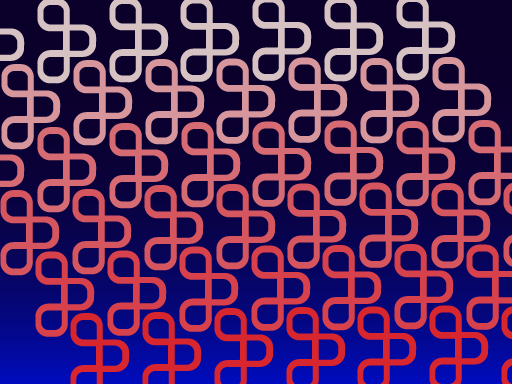Dive into this discussion with DEL participant, artist and the National Director of the Independent Media Arts Alliance (IMMA), Emmanuel Madan, where we touch on the Arts ecosystem and how it would benefit from the DEL project and union simulation Artwork_Local404. Through his time at the DEL, Madan connects his unwavering commitment to economic stability for artists to his continuous investigation into the transmission of knowledge. Pay close attention to how his initial conversation with artist and fellow DEL participant Christine Swintak addresses the simultaneous presence of need and surplus as they explore potential models of exchange through mapping the infrastructure of shipping containers. Furthermore, follow along as this discussion moves from the distribution of resources to discovering the fundamental diversity of artists’ needs. It is here you will discover the underpinnings for the transmission of knowledge through Artwork_Local404, as the team confronts the critical question of designing hardware that can meet the imaginative needs of an artists’ union. Created in collaboration with DMG founder and DEL participant Izzie Colpitts-Campbell, Madan introduces the conceptual design of a phone interface that could prompt participants with cultural and economic questions of constraint, while collecting their numerical responses as a form of data collection intended to inform the creation of the union. It is by working through the limitations of a phone interface that the team is reminded that contemplation takes time; in order for this project to be meaningful, it will take extensive consideration and careful deliberation to be fruitful to the lives of artists.
Explore more by Emmanuel Madan:
IMAASource – The Canadian source for media art organizational learning.
Follow the union’s development here:
Dive in with Madan’s DEL Comrades:
CHRISTINE SWINTAK ‹ Transitory Art
Suzanne Kite and An Artist’s Almanac – HTMlles
Even more platforms to play with:
IMAASource – IMAA – AAMI (IMAAsource)
Artwork_Local404 Collaborators:
Produced by the Artengine Stream Team:
Mikke Gordon aka Seiiizi https://twitter.com/s3iiizi
Ryan Stec
Kimberly Sunstrum https://www.kmbrlysnstrm.com/
Editorial Assistant
Erin Galt
Production Design Consultation
Leslie Marshall/MAVNetwork http://mavnetwork.com/
Post-Production Support: Chris Ikonomopoulos
DEL Theme Music by Mikki Gordon aka Seiiizi
Artengine’s Digital Economies Lab brought together a diverse group of artists, designers and other creatives to rethink the infrastructure of cultural production in the 21st century.
Funding for the Digital Economies Lab was received through the Canada Council for the Arts Digital Strategies Fund.
Who is behind an initiative has everything to do with what elements they're going to find to place into this compendium, this encyclopedia of knowledge, of experience.

Sound is inherently tied to space, it traverses. Once you start considering the possibility of a spaceless sound, you are delving into a realm of abstraction. Two types of re-encodings of sound that might be considered aspatial are the conversion of “vibrations moving through the air” to a digital signal and our memory of sonic events.

What is software without hardware? Join us as DEL participant, artist and National Director of the Independent Media Arts Alliance Emmanuel Madan shares his vision for the viability of the Arts ecosystem and what role a union, Artwork_Local404, could play within that system. In this conversation, we discuss the importance of language, authorship, and time when it comes to the development of meaningful work (tools, platforms, initiatives and art).